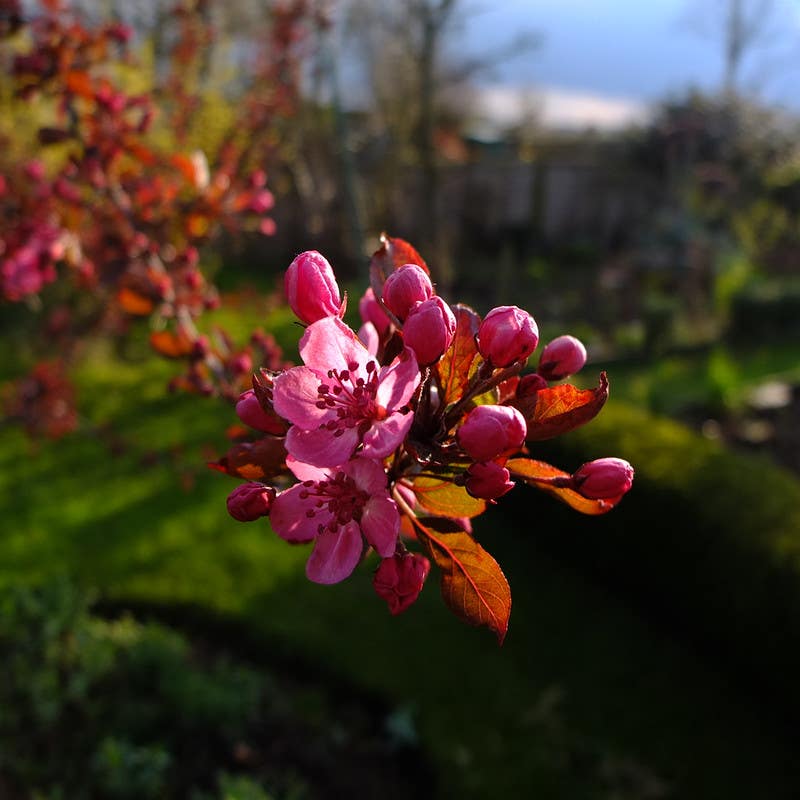Rosa ‘William Shakespeare 2000’
Around 120 velvety petals intertwine beautifully to form perfect quartered flowers. Has excellent disease resistance and repeat flowering. This rose enjoys the warm American summers…
Plant name:Rosa 'William Shakespeare 2000'
Virtues: Around 120 velvety petals intertwine beautifully to form perfect quartered flowers. Has excellent disease resistance and repeat flowering. This rose enjoys the warm American summers.
Bloom Color: Exquisite, large, rich crimson blooms. Gradually develops shades of purple and violet as the flower matures.
Leaf/Foliage: Dark bluish-green, healthy foliage.
Goes great with: A classic red rose, perfect for mixed borders. Combines well with traditional cottage garden perennials of all kinds. The rich and striking colour is very effective with shades of pink, crimson, blue, violet and mauve. Also perfect for borders in warm color themes such as orange, yellows, and reds.
Habit: A vigorous, upright shrub with broad, spreading growth. Each stem bears a number of flowers.
Season: In warm southern areas, flowering will start in March/April and the rose will bloom intermittently right through to December, depending on the weather. Flowering will begin in April, May, or even June in more northern areas.
Suggested by: David Austin of David Austin Roses (http:// www.davidaustinroses.com ).
Where does it come from: An old rose hybrid, bred in Albrighton, England.
Tips: This rose is very easy to grow, but will benefit from a little extra winter pruning to open up the bush, and some shortening of the longer stems. Summer pruning may be used to limit the height if required, which will also encourage quicker repeat flowering.
To quickly create the effect of a large specimen rose, plant closely (about 18 to 24 inches apart) in small groups of three or five. When pruning, shape to form one large shrub, so they appear to form a single specimen.
The romantic, fully double fragrant Old Rose blooms are ideal for cutting, lasting several days in the home. The blooms will open out fully into flat, many-petalled quartered rosettes, very unlike conventional commercially grown cut roses. USDA hardiness zones 5-9.







